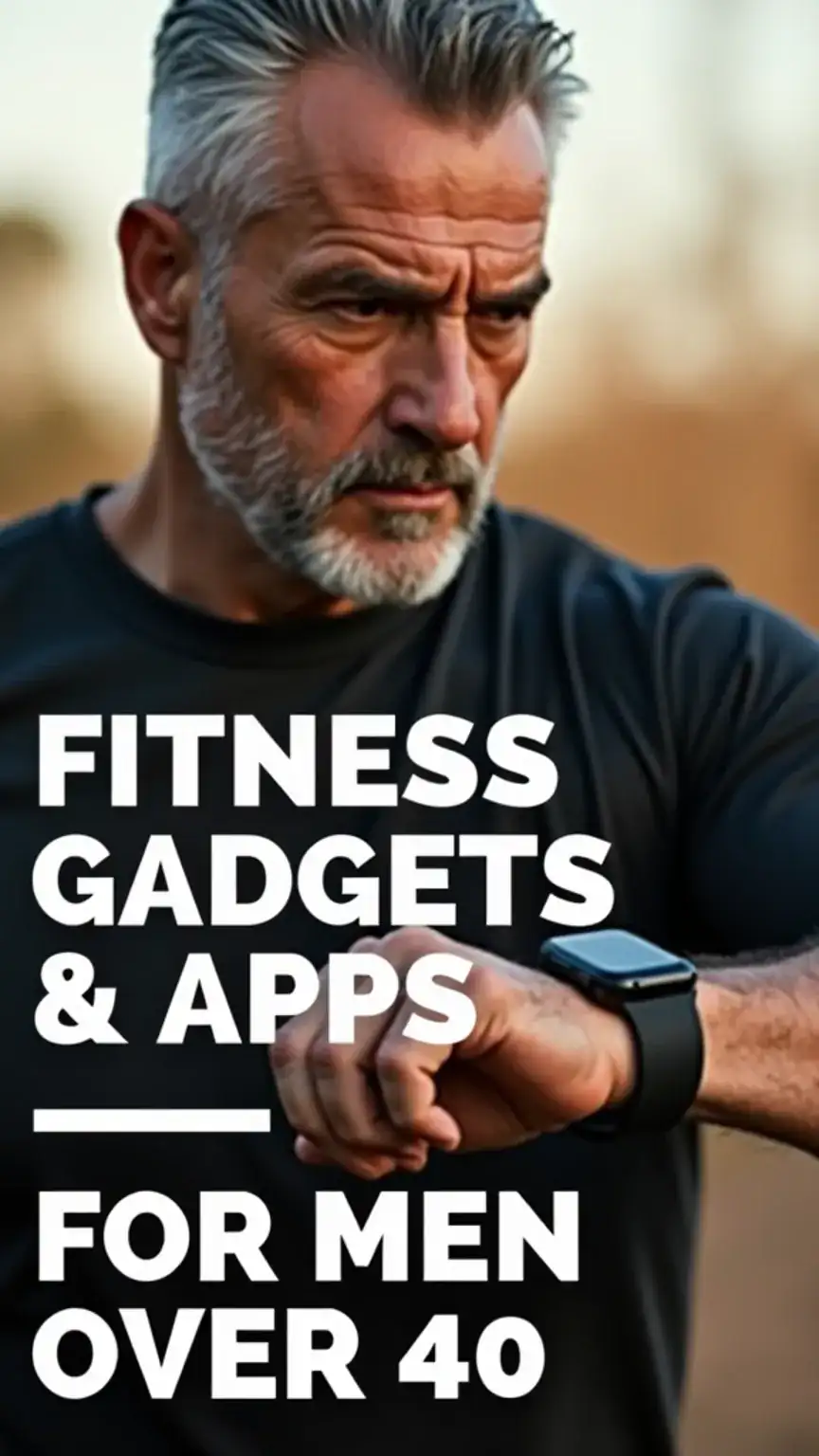Conquer the Globe Without the Gut Buster: Your Pro Guide to Staying Fit on the Road
As a guy who’s been there, I’ve learned that staying healthy and fit while traveling can be a real challenge. It’s easy to get swept up in the excitement, letting those carefully crafted routines slide. But trust me, it’s worth the effort. Not only will you feel more energetic and focused, but you’ll also be better equipped to tackle the demands of your next adventure. Imagine exploring ancient ruins or navigating bustling city streets with vigor, not fatigue. Your future self will thank you for reading this.
So, without further ado, here are my top tips for maintaining your health and fitness on the road. This isn’t about deprivation; it’s about smart choices that enhance your travel experience.

Plan Ahead: Your Pre-Trip Fitness Blueprint
Success on the road often starts long before you even pack your bags. Proactive planning is your secret weapon against travel-induced fitness slumps. Think of it as building a solid foundation for your adventure. This foresight allows you to make informed decisions once you arrive.
Before you embark on your trip, research your destination thoroughly. Identify healthy dining options and potential workout spots. You can leverage fantastic apps like Happy Cow or Yelp to discover nutritious, veggie-friendly restaurants. Furthermore, check out websites like TripAdvisor or Google Maps to locate gyms, yoga studios, or scenic outdoor recreation areas. This preparation ensures you’re not scrambling for healthy choices upon arrival.
Destination-Specific Strategies
For instance, if you’re heading to a city known for its incredible street food, research vendors offering grilled options or fresh salads. Conversely, a nature-focused trip might present opportunities for hiking or trail running. Understanding your environment allows for tailored fitness approaches. Moreover, consider the climate; pack appropriate gear for outdoor activities or indoor gym sessions.
Pack Smart: Your Travel Fitness Essentials
When it comes to packing, prioritize comfort and practicality above all else. Your luggage should support your active lifestyle, not hinder it. Think about what will genuinely serve you on your journey.
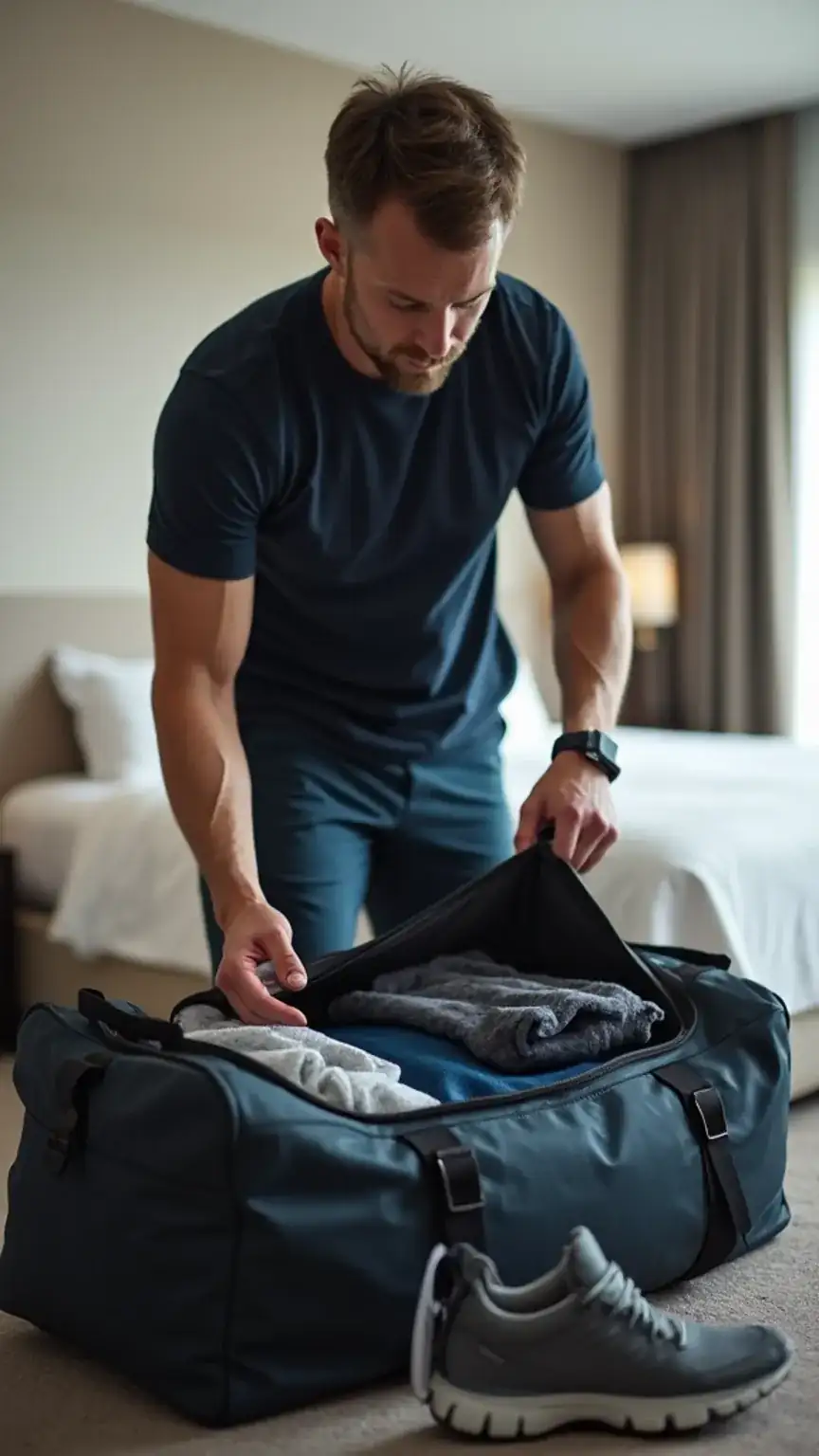
Bring a portable fitness tracker to monitor your activity levels and sleep patterns. A good pair of walking shoes is non-negotiable; they’ll be your most used item. Also, pack a few workout outfits that can be easily mixed and matched to maximize your wardrobe efficiency. Don’t forget to pack a refillable water bottle to stay hydrated and a travel-sized first aid kit for any minor mishaps.
Versatile Gear for the Win
Consider packing resistance bands; they’re lightweight and offer a full-body workout. Similarly, a jump rope is incredibly portable and provides an excellent cardio session. Packing versatile clothing that can transition from a workout to a casual outing saves space and time. For example, quick-drying fabrics are ideal for frequent washing.
Fitness on the Go: Sweat Smarter, Not Harder
When you’re on the move, it can be tough to find the time to fit in a traditional workout. However, don’t worry; there are plenty of ways to stay active without sacrificing precious travel time. Think creatively about how you can incorporate movement into your daily itinerary.

Try doing bodyweight exercises in your hotel room – squats, lunges, push-ups, and planks require no equipment. Going for a morning jog through a new city offers a fantastic way to sightsee and get your heart rate up. Alternatively, seek out a local yoga class or a group fitness session at your destination. These activities often provide an authentic cultural experience too.
Maximizing Micro-Workouts
Even five to ten minutes can make a difference. Take advantage of downtime during layovers or while waiting for a tour. Perform a few sets of jumping jacks or high knees in your hotel room. Similarly, opt for stairs instead of elevators whenever possible. These small bursts of activity accumulate throughout the day.
Nourish Your Body: Fueling Your Adventures
Eating well while traveling can be a challenge, but it’s absolutely essential for maintaining your energy levels and overall health. The temptation to indulge in every local delicacy is strong, but balance is key. Prioritize nutrient-dense foods that will power your explorations.
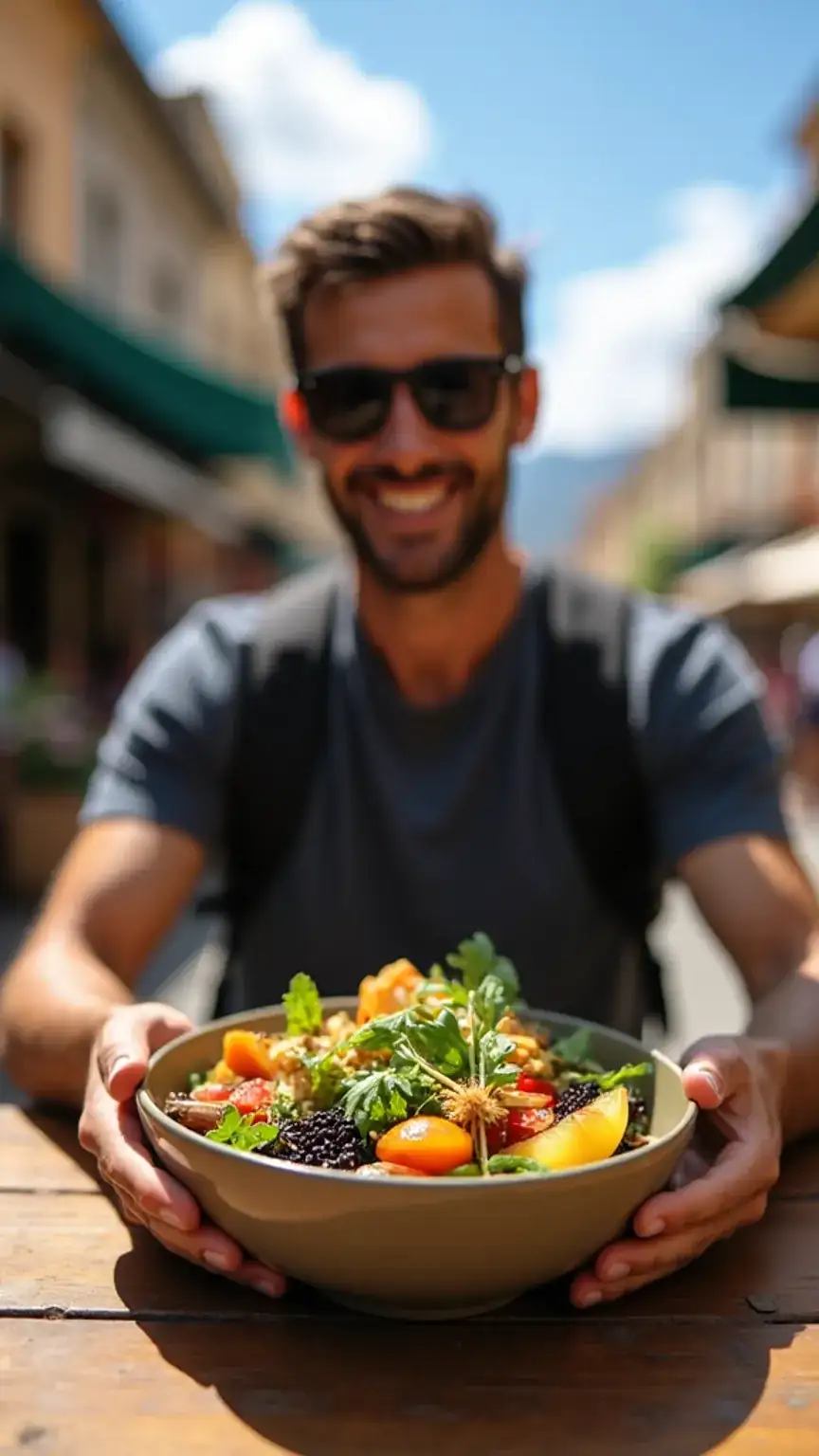
Opt for whole foods like fruits, nuts, and vegetables whenever you can. Avoid processed snacks and sugary drinks that lead to energy crashes. You can also consider packing your own healthy snacks, such as protein bars or trail mix, or purchasing fresh, wholesome options at local markets. This empowers you to make better choices readily available.
Smart Dining Strategies
When dining out, look for grilled, baked, or steamed options instead of fried ones. Don’t hesitate to ask for modifications, like dressing on the side or extra vegetables. Similarly, if you have dietary restrictions, research restaurants that cater to them beforehand. This proactive approach minimizes stress and maximizes healthy eating opportunities.
Stay Hydrated: The Unsung Hero of Travel Wellness
Staying hydrated is crucial for maintaining your energy levels, cognitive function, and overall health. Dehydration can masquerade as fatigue or hunger, leading to poor food choices. Make drinking water a deliberate habit, not an afterthought.
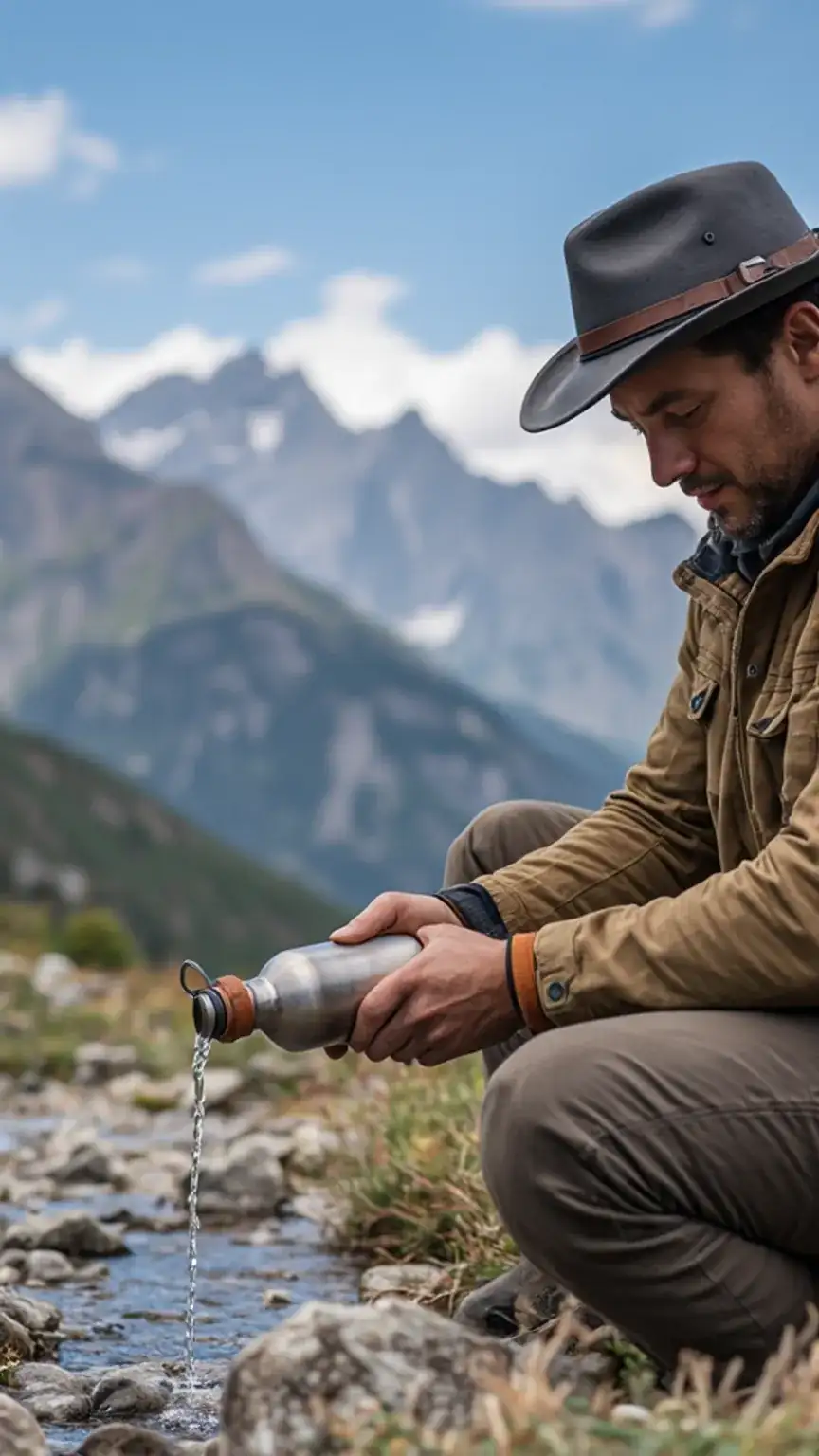
Bring a refillable water bottle and make a conscious effort to drink plenty of water throughout the day. Consider packing a hydration pack or a water filter, especially if you’re traveling to areas where clean drinking water access might be inconsistent. This ensures you always have a safe and readily available source.
Hydration Hacks for the Road
Set reminders on your phone to drink water at regular intervals. Furthermore, limit your intake of dehydrating beverages like excessive alcohol and caffeine. For instance, alternate alcoholic drinks with water. Staying hydrated also aids in digestion and can help prevent headaches, common travel ailments.
Get Enough Sleep: Recharge for Optimal Performance
Getting enough sleep is absolutely essential for maintaining your physical and mental health, especially when traveling. Jet lag and unfamiliar surroundings can disrupt your natural sleep patterns. Prioritizing rest allows your body to recover and prepare for the day’s activities.

Aim for 7–9 hours of quality sleep each night. Consider bringing a comfortable travel pillow or earplugs to help you get a good night’s rest, especially in noisy environments. Creating a consistent bedtime routine, even while traveling, can signal to your body that it’s time to wind down. For a deeper dive into why sleep matters and how to improve it, check out The Importance of Sleep for Men’s Health and Performance: A Guide to Improving Quality.
Creating a Sleep Sanctuary
Make your hotel room as conducive to sleep as possible. Use blackout curtains or an eye mask to block out light. Furthermore, try to avoid screens for at least an hour before bed. This simple habit can significantly improve sleep quality, leaving you more refreshed.
Take Breaks and Stretch: Prevent Stiffness and Boost Circulation
When you’re on the road, it’s easy to get caught up in the hustle and bustle of sightseeing and activities. However, don’t forget to take regular breaks and stretch your muscles. Prolonged sitting or standing can lead to stiffness and discomfort.
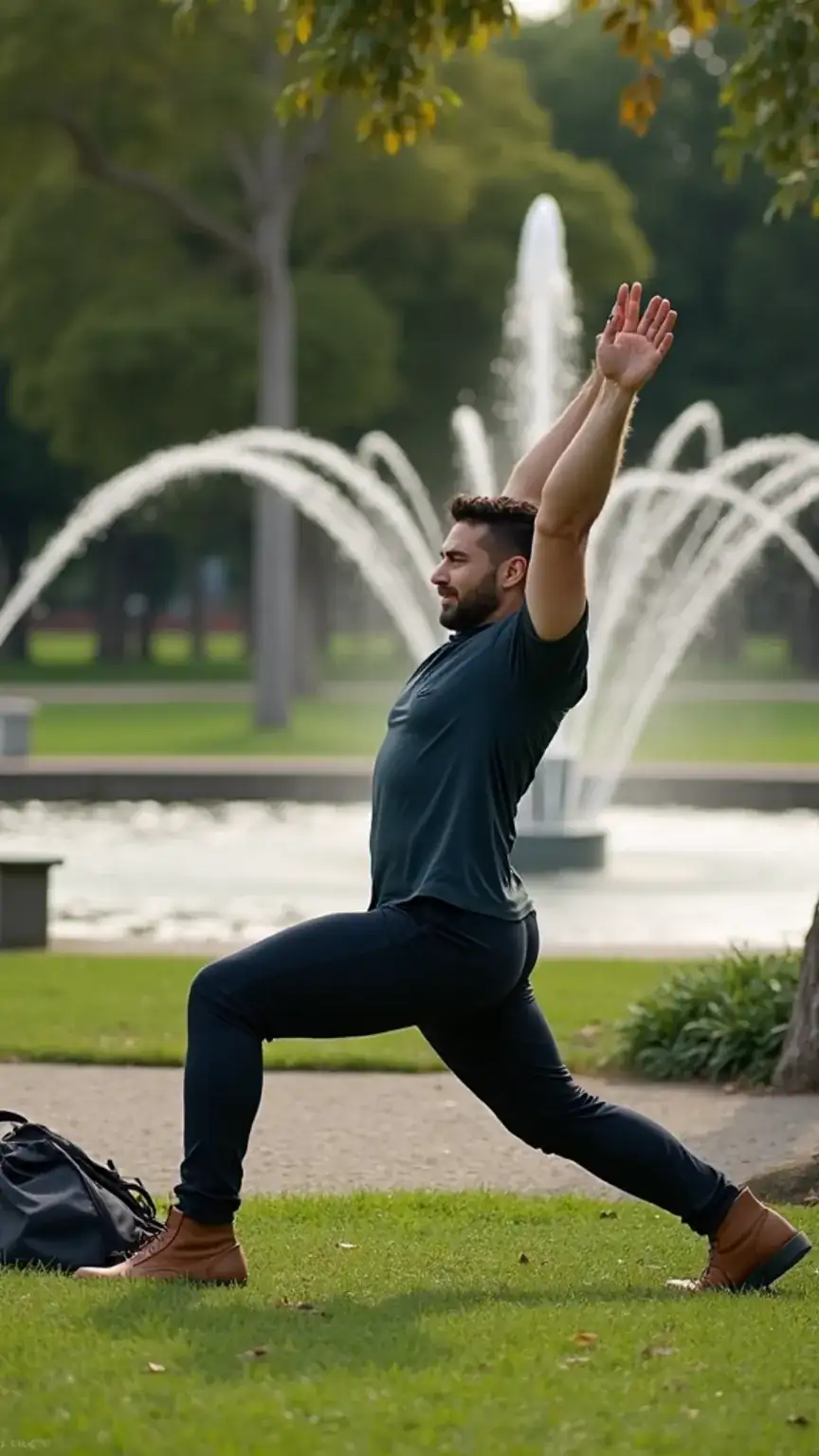
Try doing some quick stretches or simple yoga poses to help reduce muscle fatigue and improve your circulation. This is particularly important after long flights or car rides. Even a few minutes of movement can make a big difference in how you feel.
Active Recovery Strategies
Incorporate short movement breaks every hour or two, especially during long travel days. Stand up, walk around, and do a few dynamic stretches like arm circles or leg swings. Similarly, if you’re visiting historical sites, take the stairs instead of relying solely on elevators. This keeps your body engaged.
Stay Connected: Your Support System on the Go
Staying connected with loved ones back home can be tough when you’re on the road, but it’s important for your overall well-being. Maintaining those connections can provide emotional support and a sense of grounding. Don’t let distance diminish your bonds.

Consider purchasing a local SIM card or a portable Wi-Fi hotspot for reliable internet access. Alternatively, utilize apps like WhatsApp or Skype to make voice calls or video chats to stay in touch. Sharing your experiences keeps your loved ones involved and can even provide you with helpful advice.
Leveraging Technology for Connection
Regular check-ins can combat feelings of isolation. Furthermore, sharing photos and updates allows your friends and family to experience your journey with you. This reciprocal connection strengthens relationships and provides a valuable support network.
Conclusion: Travel Strong, Travel Fit
Staying healthy and fit while traveling requires some planning and preparation, but it’s incredibly worth the effort. By following these simple, actionable tips, you can effectively maintain your physical and mental health, ensuring you enjoy your next adventure to the fullest. Remember, travel is about enrichment, and feeling your best amplifies that experience exponentially.
So, go ahead and book that ticket, and don’t forget to pack your sense of adventure – and these essential tips! Your commitment to well-being on the road will pay dividends in energy, enjoyment, and overall satisfaction.
Share this guide with your buddies and start planning your next healthy and fit adventure today! Ready to own your image and your health on every journey? Start with planning your pre-trip research and share your #TravelFitJourney on Pinterest or your favorite socials!

